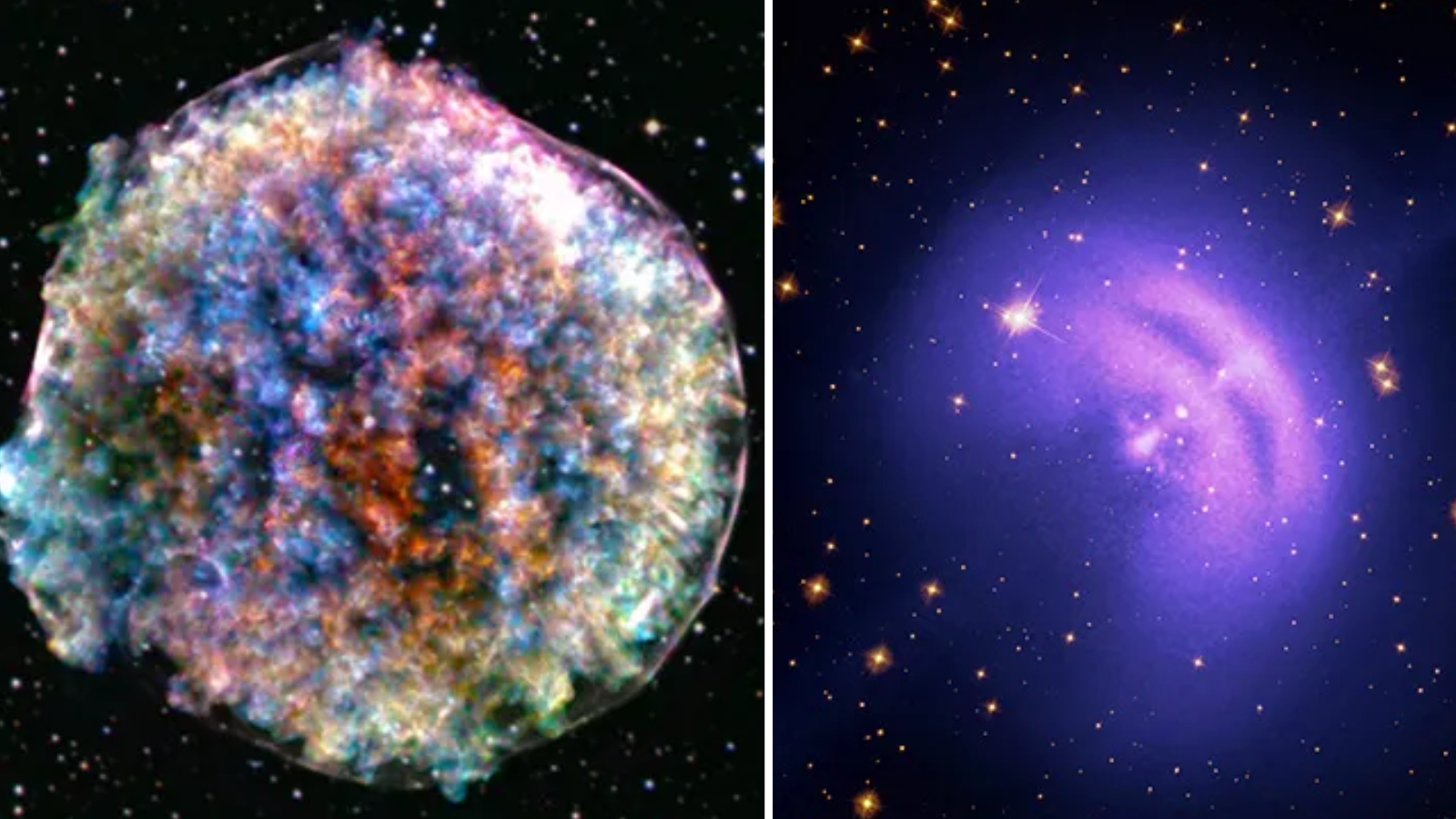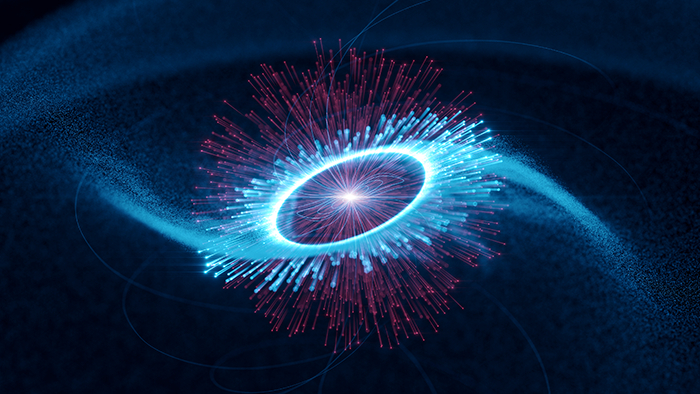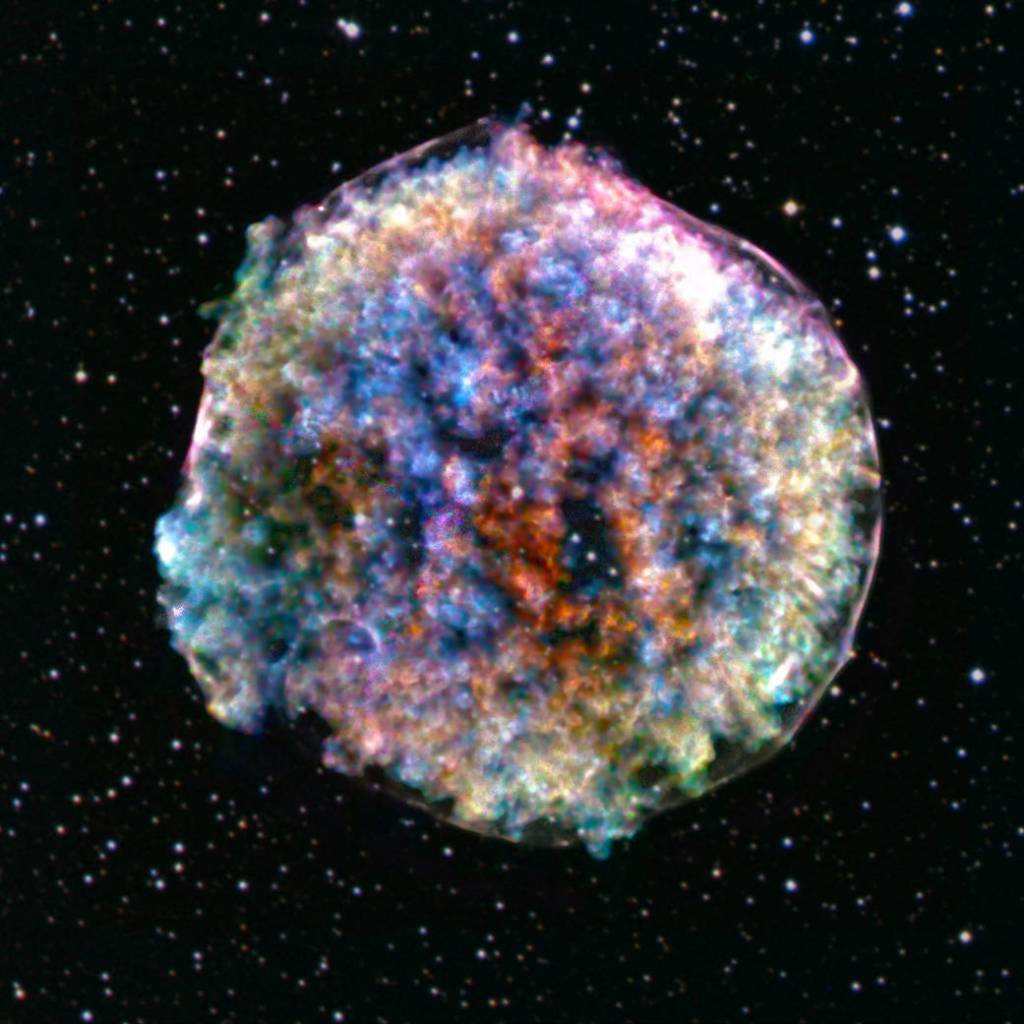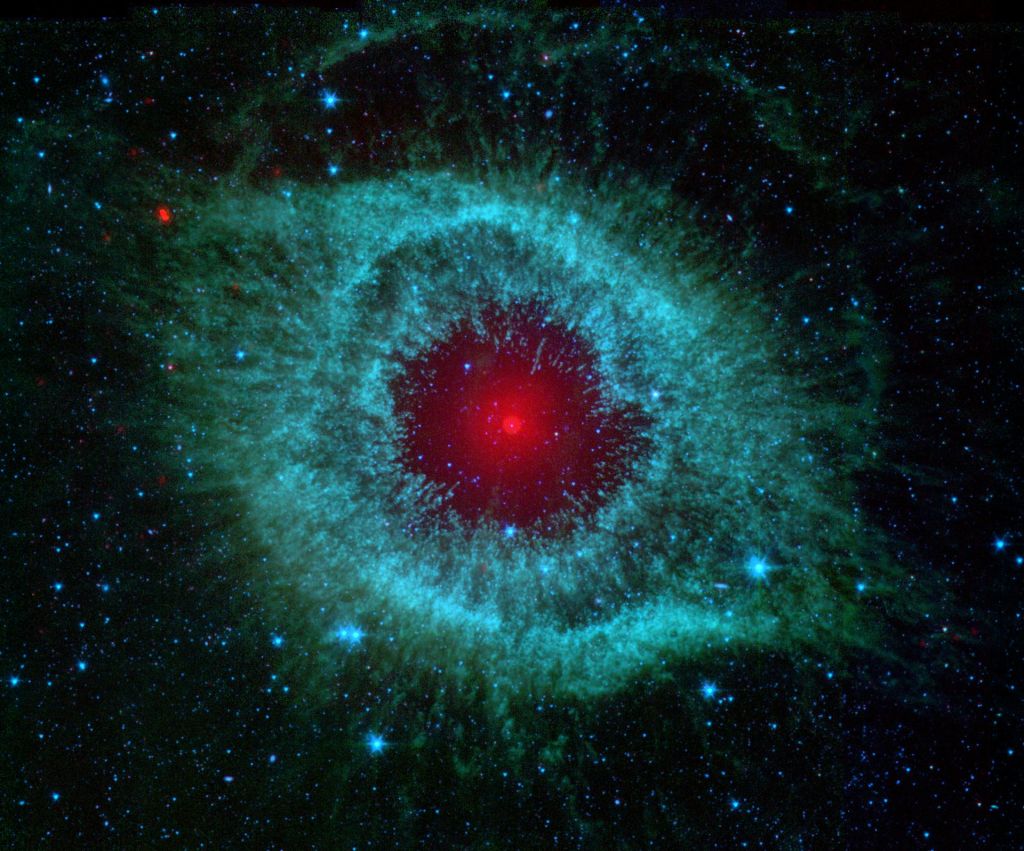NASA 3D Instagram 'experience' brings nebulas into your home
"We are excited to bring data from the universe down to earth in this way."
A new NASA project allows Instagram users to experience the wonders of the universe as seen by the Chandra X-ray Observatory and other space telescopes. It's an augmented reality (AR) filter called an "Instagram experience" that takes staggeringly beautiful celestial bodies and places them right next to you on camera.
This includes the wreckage of stars that have been destroyed in massive supernova explosions and dense clouds of cosmic gas and dust where stars are being actively forged. The AR filter has been added to Instagram to help celebrate the 25th anniversary of Chandra, NASA's flagship X-ray space telescope, which launched on July 23, 1999.
To use the Instagram Chandra experience, search for the "NASAChandraXray" account. Select the effects options (the tab that looks like three four-pointed stars) and select the one you want. Then, you can either save the effect to your camera and apply it to your stories, or you can select the "Try it" button for instant access.
Related: Peer inside remnants of an 800-year-old supernova and see a 'zombie' star
"We are excited to bring data from the universe down to Earth in this way," Kimberly Arcand, Chandra X-ray Center visualization and emerging technology scientist, said in a statement. "Enabling people to access cosmic data on their phones and through AR brings Chandra’s amazing discoveries literally right to your fingertips."
What celestial bodies can you bring down to Earth?
The Instagram experience was generated using 3D models created from Chandra data and observations from other telescopes. A bit of mathematical modeling was also required to bring those cosmic muses into focus.
Such 3D modeling of objects, typically seen as 2D projections on the celestial sphere over Earth, has only become possible in recent years thanks to new instruments and techniques. This has led to an explosion in the sophistication of data-driven 3D models of distant celestial bodies.
Get the Space.com Newsletter
Breaking space news, the latest updates on rocket launches, skywatching events and more!
As this technology underwent a boom, opportunities offered to the public through virtual, extended and augmented reality has also burgeoned. This program extends those experiences beyond the solar system. It applies these innovative concept to the depths of the cosmos.

We won't spoil all the celestial bodies you can experience with this new NASA program. You'll want to explore for yourself. However, we will offer you a few objects to get started with.
The Vela pulsar is seen as a stunning pair of purple arcs with a faint bar running through their centers. When you grab this object and drag it from its place of residence 1,000 light-years away, you will actually be seeing a neutron star that was formed when a massive star collapsed.
Although this neutron star is only about 12 miles (20 kilometers) wide, it has a mass around twice that of the sun. That means the matter it contains is so dense that a tablespoon of it brought to Earth would weigh over 1 billion tons. That's heavier than Mount Everest.
The Vela pulsar is spinning so fast it completes 11 rotations a second. That means it whips around faster than the blades of a helicopter. And, as it does so, it blasts out jets from poles at about 70% of the speed of light. These beams that create almost a light-year-long sweep across the universe.

The birth of a neutron star like the one the heart of the Vela pulsar is accompanied by a massive cosmic explosion called a supernova that rips a massive star apart as the star's core collapses.
NASA's new Instagram experience gives users a chance to explore one of the most striking examples of such star death.
Tycho's supernova remnant, also known as SN 1572 or B Cassiopeiae (B Cas), is the name given to supernova wreckage located between 8,000 and 10,000 light-years from Earth. First spotted in 1572, this supernova is named after one of its discoverers, Danish astronomer Tycho Brahe. This is believed to be a Type Ia supernova, which is a little different than the explosions that represent the birth of a neutron star.
Type Ia supernovas happen when stellar remnants called white dwarfs drag material away from a companion star. This matter piles up on the white dwarf until it triggers a nuclear explosion that completely destroys the stellar remnant.

The Instagram experience also features the remains of another dead star. This is found in the form of the Helix nebula, an expanding cloud of stellar material located around 650 light-years away in the constellation of Aquarius.

The Helix Nebula is an example of a planetary nebula (which confusingly has nothing to do with planets), an expanding shell of gas and dust that were once the outer layers of a dying star. At the heart of this material, marked in the Chandra image as a purple blob, is a tantrum-throwing stellar core

The Cat's Eye Nebula is also a planetary nebula, though located further away at 3,262 light-years from Earth in the constellation of Draco. This planetary nebula can be seen in exquisite detail, revealing twisted spirals of dust and gas and expanding shells of what was once stellar material.
It isn't all about the visuals with this NASA Instagram experience, however. The program also contains cosmic data transformed into sound via a process called "sonification." This was made possible as part of a Chandra accessibility program that has been operating for the past four years.
This isn't the first time NASA has teamed with Instagram to create a space-based experience. Users of the social media platform have previously been able to explore the inner workings of NASA mission control, travel to low-Earth orbit with the International Space Station (ISS) and trundle across Mars with the Perseverance rover.
"These Chandra Instagram experiences are another way to share these cosmic data with the public," Arcand said. "We are hoping this helps reach new audiences, especially those who like to get their information through social media."
Join our Space Forums to keep talking space on the latest missions, night sky and more! And if you have a news tip, correction or comment, let us know at: community@space.com.

Robert Lea is a science journalist in the U.K. whose articles have been published in Physics World, New Scientist, Astronomy Magazine, All About Space, Newsweek and ZME Science. He also writes about science communication for Elsevier and the European Journal of Physics. Rob holds a bachelor of science degree in physics and astronomy from the U.K.’s Open University. Follow him on Twitter @sciencef1rst.










